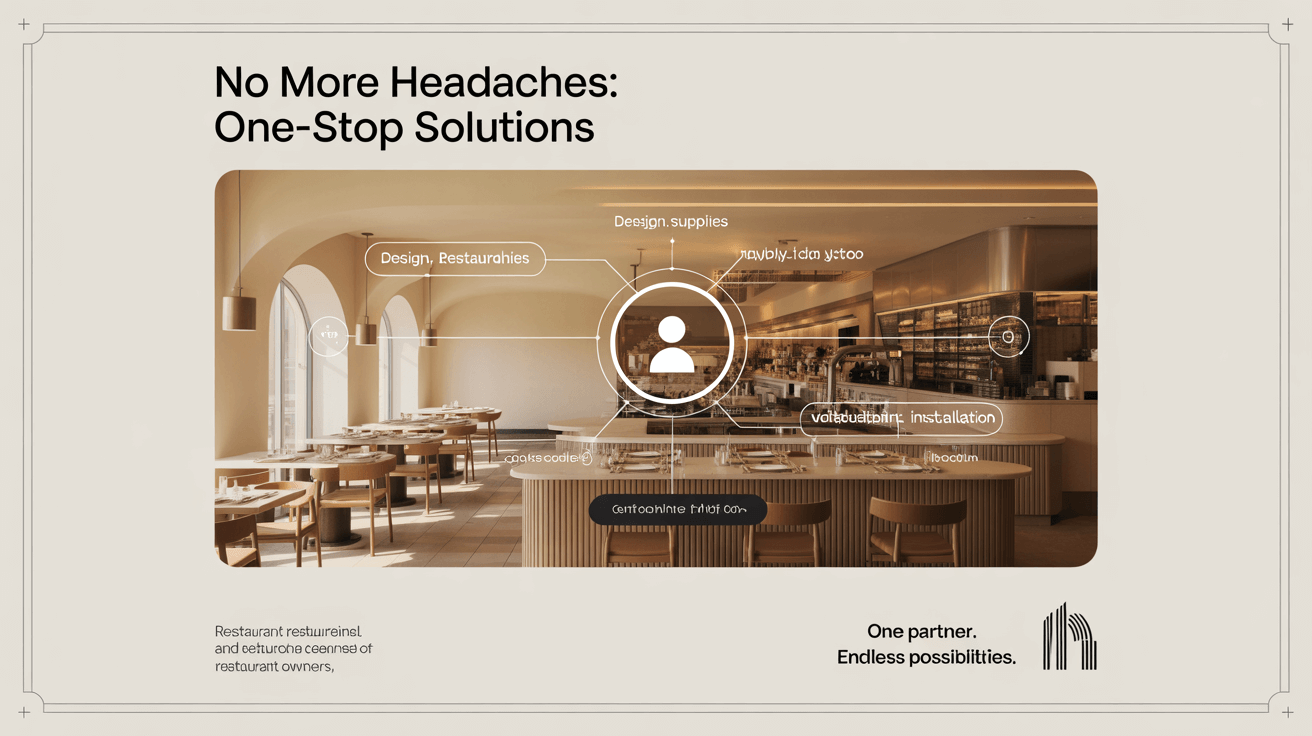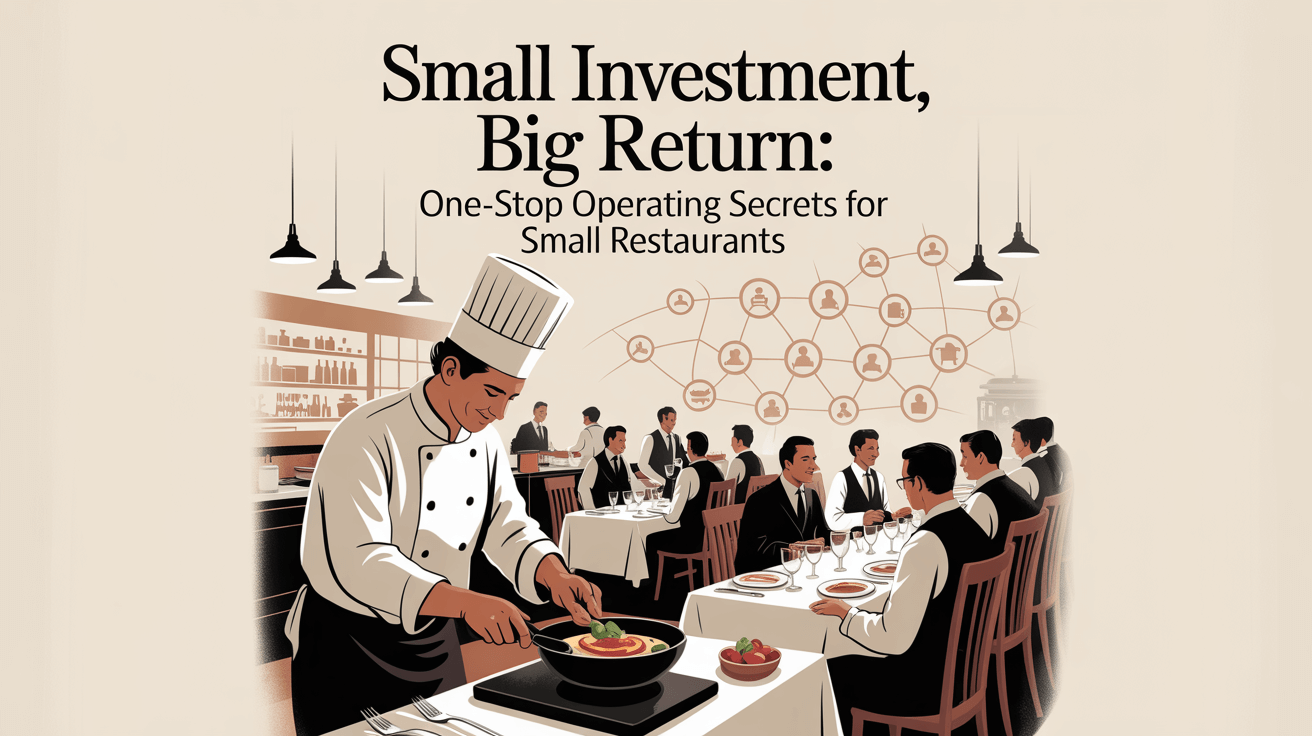How to Choose the Perfect Restaurant Furniture: A Complete Buyer’s Guide equips you with criteria and tips to select seating and tables that fit your concept and budget. But here’s the kicker… smart choices enhance guest comfort and your bottom line.
1. Assess Your Space and Traffic Flow
● Measure dining area dimensions and clearances
● Note service paths and bottleneck zones
● Plan aisle widths for ADA and staff carts
● Sketch seating layouts before sourcing
Ready for the good part? precise planning avoids costly refits.
| Element | Recommendation | Benefit |
|---|---|---|
| Aisle Width | 36″–48″ | Smooth service flow |
| Table Clearance | 60″ | Guest comfort |
2. Define Your Brand Aesthetic
● Choose colors matching your logo and décor
● Balance materials (wood, metal, upholstery)
● Select finishes that age gracefully
● Test samples under your lighting
What’s the real story? cohesive style deepens brand identity.
3. Determine Seating Capacity Goals
● Calculate seats per zone for peak hours
● Factor group sizes and event needs
● Reserve space for wait stations
● Adjust for seasonal outdoor expansion
This is where it gets interesting… capacity drives revenue potential.
4. Select Durable Frame Materials
● Solid hardwoods for booths and chairs
● Powder-coat steel for outdoor seating
● Engineered plywood in tabletops
● Recycled-plastic lumber for patios
But here’s the kicker… material choice dictates lifespan.
| Frame Type | Durability Rating | Typical Use |
|---|---|---|
| Hardwood | High | Booths, high-traffic |
| Powder-coat Steel | Medium-High | Outdoor, bar stools |
5. Choose Appropriate Upholstery
● Performance fabrics with 50K+ double rubs
● Vinyl alternatives for easy cleaning
● Leatherette blends for upscale look
● Removable covers for quick laundering
Ready for the good part? proper upholstery eases maintenance.
6. Balance Comfort and Ergonomics
● Seat heights of 17″–19″ suit adults
● Seat depths of 18″–20″ support posture
● Back angles of 95°–100° reduce fatigue
● Add lumbar cushions for extra support
What’s the real story? comfort extends dwell time.
7. Match Table Styles and Heights
● Dining tables at 28″–30″ for standard seating
● Counter-height at 36″–42″ for casual zones
● Round tables in tight corners for flow
● Fold-away tables for event flexibility
This is where it gets interesting… table choice influences turnover.
| Table Type | Height Range | Best Use |
|---|---|---|
| Standard Dining | 28″–30″ | Full-service |
| Counter-Height | 36″–42″ | Bar and quick bites |
8. Factor in Maintenance Requirements
● Opt for wipe-clean surfaces and sealed wood
● Avoid fabrics requiring special solvents
● Choose stain-resistant finishes
● Set a quarterly cleaning schedule
But here’s the kicker… low-care fabrics free staff time.
9. Plan for Code and ADA Compliance
● Ensure knee clearance of 27″ under tables
● Maintain 36″ minimum aisle widths
● Use fire-retardant upholstery materials
● Anchor booths per local seismic codes
Ready for the good part? compliance avoids fines and delays.
10. Vet Suppliers and Warranty Terms
● Check BIFMA or ISO certifications
● Request client references and case studies
● Compare warranty lengths on frames and upholstery
● Clarify return and repair policies
This is where it gets interesting… strong warranties protect your investment.
| Supplier Metric | Recommended Standard | Why It Matters |
|---|---|---|
| Frame Warranty | 3–5 years | Long-term support |
| Upholstery Warranty | 1–2 years | Stain and wear coverage |
11. Compare Quotes and Payment Options
● Solicit at least three itemized proposals
● Include shipping, install, and taxes
● Negotiate net-30 or net-60 payment terms
● Explore rent-to-own or lease plans
What’s the real story? detailed quotes reveal hidden fees.
12. Coordinate Delivery and Installation
● Schedule white-glove versus curbside delivery
● Confirm site access and staging area
● Coordinate with contractors and opening dates
● Supervise initial setup and adjustments
But here’s the kicker… seamless install keeps your opening on track.
13. Inspect Upon Arrival
● Check for damage and correct quantities
● Test stability of chairs, tables, and booths
● Document defects immediately for replacements
● Verify finish consistency across units
Ready for the good part? prompt QA secures quick fixes.
14. Train Staff on Use and Care
● Demonstrate cleaning protocols per material
● Review furniture handling to prevent damage
● Schedule routine inspections and tightening
● Keep spare parts and repair kit onsite
This is where it gets interesting… trained staff prolongs furniture life.
| Training Topic | Frequency | Benefit |
|---|---|---|
| Cleaning | Daily | Maintains appearance |
| Hardware Check | Quarterly | Prevents wobble |
15. Track ROI and Plan Refresh Cycles
● Calculate cost per seat over expected years
● Monitor maintenance and replacement spend
● Survey guest comfort and feedback
● Budget phased refreshes every 3–5 years
What’s the real story? data-driven refreshes optimize your spend.
Conclusion
Following this complete buyer’s guide ensures restaurant furniture that aligns with your space, brand, and budget while maximizing comfort and durability. Apply these steps to choose pieces that delight guests and boost profitability.
FAQ
Q1: How many vendor quotes should I get?
Aim for at least three to compare terms and pricing.
Q2: What warranty length is ideal?
Look for 3–5 years on frames and 1–2 years on upholstery.
Q3: Should I inspect all items on delivery?
Yes—immediate inspection triggers swift replacements for any defects.
Q4: How often refresh furniture?
Plan phased updates every 3–5 years based on wear and trends.
Q5: Can rent-to-own options work?
Yes—they spread costs and preserve working capital.






